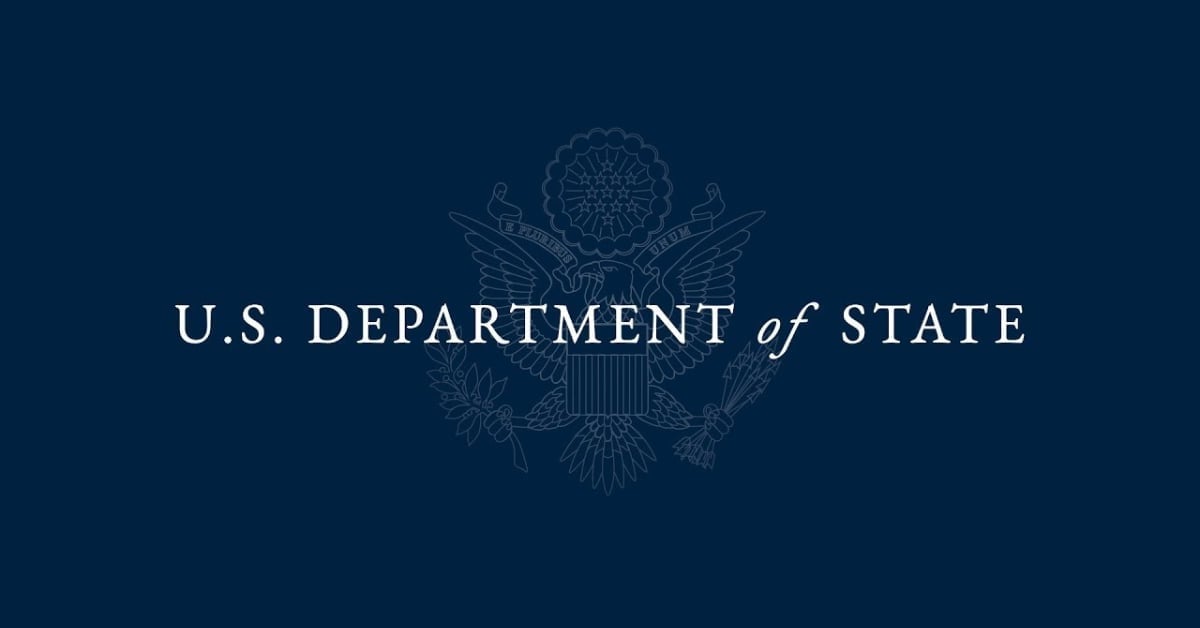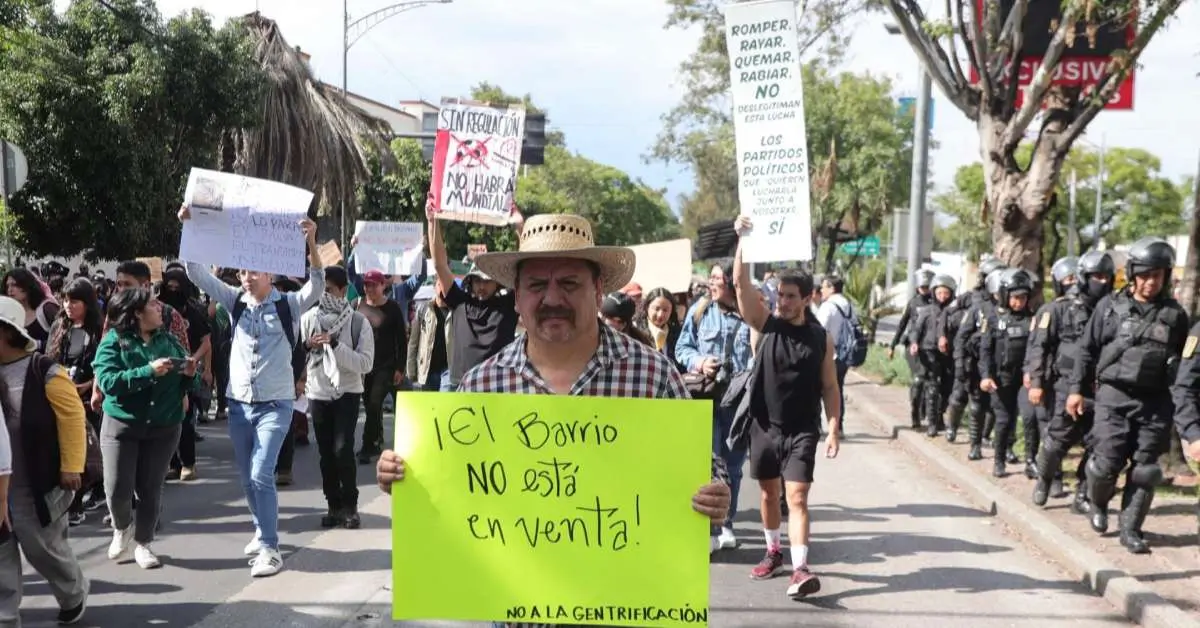Puerto Vallarta, Mexico - Brighton West's journey from the Pacific Northwest to the sun-soaked beaches of Mexico was not a deliberate move but rather what he calls "a little accident." The 51-year-old American, seeking respite from the pricey real estate market in California, stumbled upon an unexpected opportunity during a weekend getaway to La Paz, Baja California, Mexico.







